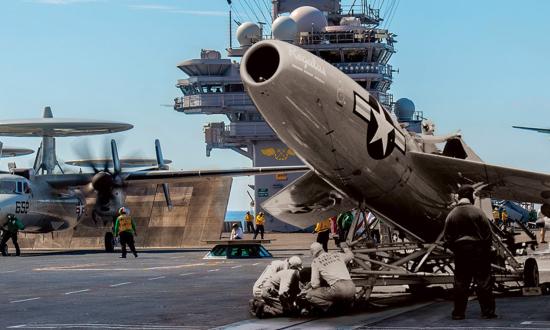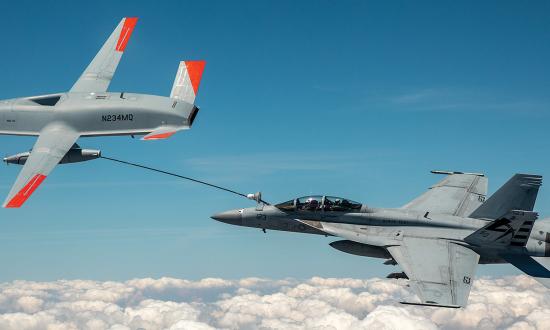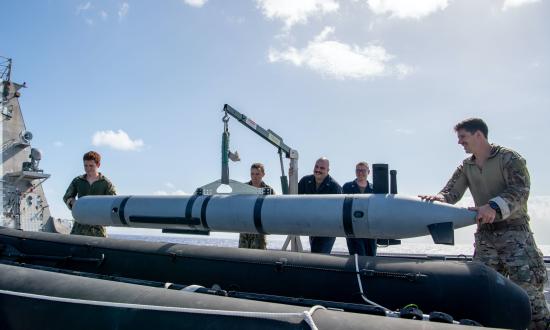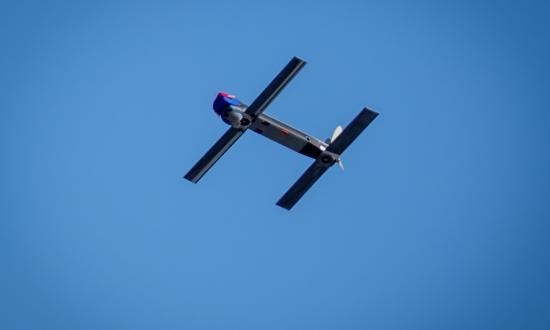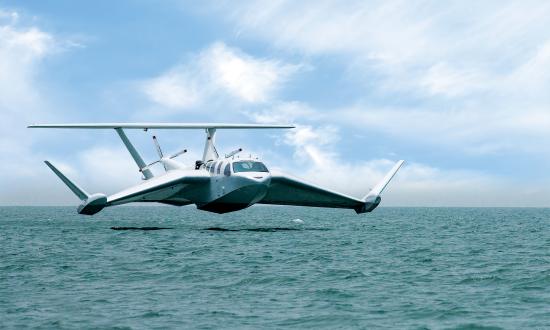Lieutenant Commander Phillips-Levine is a Navy pilot who has flown the T-6B “Texan II” as an instructor and the MH-60R “Seahawk” in support of Operation Enduring Freedom and 4th Fleet counternarcotics operations. He is currently serving as an instructor in the T-34C-1 “Turbo-Mentor” as an exchange instructor pilot with the Argentine Navy.
Quicklinks
Receive the Newsletter
Sign up to get updates about new releases and event invitations.




